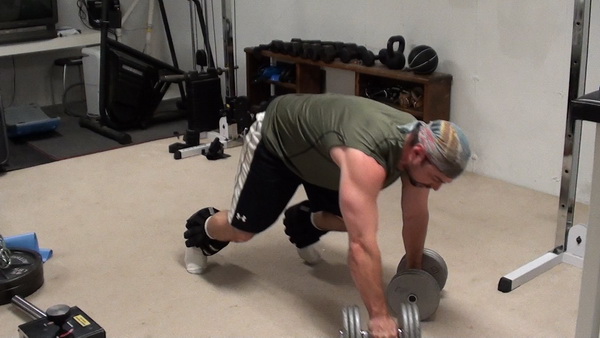Is doing an underwater handstand a good idea? Read below for that and other questions from readers like you. Remember that if you want your questions answered just email them to me. I can’t personally reply to all of them but I will post them for all to see.
Here’s the first one:
Thank you so much for the good tips. I am just a beginner of the hand stand on land. I already know how to do headstand (“King of Yoga” ). I also do good hand stand and hand walk underwater in the swimming pool at my local LA Fitness. In fact I handwalked the entire length of the pool in one breath few days ago. But I find it much more difficult to do hand stand on land. Shall I keep practicing underwater hand stand and hand walk while trying to learn hand stand on land? Will I pick up “bad habits” while doing the underwater hand balancing?
Best regards, Brian Ko
Now I have never heard this one before. Not having practiced in the water it is hard to say for sure but here are my feelings.
Water is going to give you some resistance for you to push off of. This is why it is easier. When you balance on land you cannot push off the air in this manner. I imagine that you will be balancing with your body rather than your hands for the most part. If you want to be able to do a handstand on land then you should be practicing that.
The other thing is holding the breath. Obviously this must be done if you are underwater, and unless you have great lungs you won’t be able to balance for a long time. However, in hand balancing you do not want to hold your breath. A big key, and also something hard to learn, is to be able to breathe normally when you practice.
My advice is to stick to the land. It is harder but you will get the hang of it. There may be some benefit from practicing underwater but I the time would be better spent on solid ground.
And from our friend Seth:
Hello, I was wondering where is the best place to look while you are in a handstand, I find myself always looking at the ground, but recently I started trying to look forward and keeping neck straight. Which way is correct? Thank you for all your help it is very much appreciated.
Both are correct depending on what you are going for. Most of the time I look at the ground. I find this position easier. Remember that the back tends to follow the head, so if you are looking at your hands then you will naturally arch.
Now if you look forward then your back will straighten out and this will give you the straight handstand look and feel. Once you get use to this position it can be just as easy as the other one.
It all depends on what you are going for but both are correct for hand balancing.
That wraps it up for today.
Good Luck and Good Hand Balancing,
Logan Christopher
PS Jonathan here! If you need more guidance in 2017 toward your handbalancing goals, try out our Handstand Mastery Program!


















